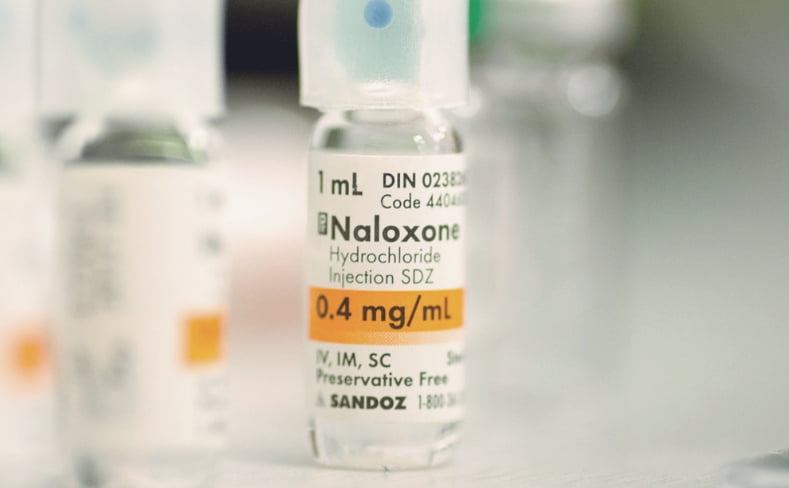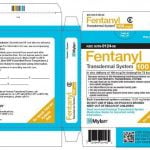Opioid Addiction And The Overdose Crisis
Opioids are made up of a wide range of drugs. They include heroin, an illegal street drug; fentanyl and methadone, which are synthetic opioids; and prescription pain relievers, such as morphine, codeine, hydrocodone, and oxycodone. All of these drugs are chemically related. They interact with the brain and the nerve cells, which all have opioid pain receptors.
Opioids Are Addictive Drugs
When used therapeutically, opioid drugs have tremendous benefits. They act mainly as a painkiller, thereby significantly increasing the quality of life, particularly if patients suffer from chronic pain. However, they are also addictive and habit-forming, even when used on prescription, and the addiction can be both physical and psychological.
“Opioid addiction involves more than just physical dependence. Aside from physical dependence, opioid addiction also involves psychological dependence. This means that the drug is so central to the person’s life that the need to keep using becomes a craving or compulsion, even if the person knows continued use is harmful.”
Unfortunately, once a person is in the grips of opioid addiction, a range of negative consequences are likely to occur. These include engaging in risky behavior, an increased chance of infection with blood-borne diseases, criminal behavior, and loss of social life. Perhaps the greatest risk of opioid abuse is that there is a chance of having an overdose, which can be fatal.
In case of an overdose, it is possible for the symptoms to be reversed if someone is provided naloxone immediately.
“The drug naloxone is sometimes called a “save shot” or a “rescue shot” because of its ability to bring someone back from an overdose.”
In this country, there is an epidemic of addiction to opioids, particularly prescription painkillers. It should be noted that some improvements have been made, mainly by making it more difficult to obtain these drugs. It is in teen groups that improvements have been made, which is a positive development. However, deaths related to heroin have been rising since 2007. Thankfully, drugs such as methadone, naltrexone, and buprenorphine are available to help in the treatment of opioid addiction.
The Effectiveness of Treatment
A study completed by the National Institute on Drug Abuse (NIDA) found that opioid addiction can be effectively treated with the right medication.
“A study comparing the effectiveness of two pharmacologically distinct medications used to treat opioid use disorder – a buprenorphine/naloxone combination and an extended release naltrexone formulation – shows similar outcomes once medication treatment is initiated. Among active opioid users, however, it was more difficult to initiate treatment with the naltrexone.”
The Overdose Crisis
In this country, around 115 people die every day as a result of an opioid overdose. Indeed, this is a national crisis that affects every element of society, including economic welfare, the legal justice system, and public health. According to the Centers for Disease Control and Prevention (CDC), the economic burden of this alone is staggering.
“The total economic burden is estimated to be $78.5 billion. Over one-third of this amount is due to increased health care and substance abuse treatment costs ($28.9 billion). Approximately one-quarter of the cost is borne by the public sector in health care, substance abuse treatment, and criminal justice costs.”
The overdose crisis didn’t happen overnight. Towards the end of the 20th century, pharmaceutical companies claimed that opioid pain relievers were non-addictive, leading to an increase in prescription rate. Unfortunately, it was soon realized that these drugs were in fact highly addictive and that there was widespread abuse. By 2015, some 33,000 died of an opioid overdose in that year alone, and that included overdoses on legally obtained prescription drugs. Furthermore, some 2 million people were addicted to prescription painkillers, compared to 591,000 people with heroin addiction (some people were addicted to both).
It is now known that:
• Between 21% and 29% of people who take prescription painkillers misuse their drug.
• Between 8% and 12% of people who take prescription painkillers develop a use disorder.
• Between 4% and 6% of those who have a use disorder transition to heroin.
• Around 80% of heroin users used prescription painkillers first.
• There was a 30% increase in incidences of opioid overdose between July 2016 and September 2017 in 45 states.
• There was a 70% increase in the incidences of opioid overdose between July 2016 and September 2017 in the Midwestern region.
• There was a 54% increase in the incidences of opioid overdose in large cities in 16 states.
Clearly, this is a public health crisis that affects everybody in this country.
“With continued increases in opioid overdoses, availability of timely data are important to inform actions taken by EDs and public health practitioners. Increases in opioid overdoses varied by region and urbanization level, indicating a need for localized responses. Educating ED physicians and staff members about appropriate services for immediate care and treatment and implementing a post-overdose protocol that includes naloxone provision and linking persons into treatment could assist EDs with preventing overdose.”
The impact of the overdose crisis is significant. There has been a marked increase, for instance, in the number of babies born with neonatal abstinence syndrome due to maternal opioid abuse during pregnancy. Additionally, there has been a marked increase in the number of diagnoses of both hepatitis C and HIV.
What Is Being Done
The U.S. Department of Health and Human Services (HHS) has announced five key priorities to address this crisis.
“At HHS, we’re ready to fight alongside… the millions of Americans who are trying to find recovery or help their loved ones do so… The Trump Administration is committed to bringing everything the federal government has to bear on this health emergency.”
These five priorities are:
1. To improve access to treatment
2. To promote the use of drugs like naloxone
3. To focus on better public health surveillance to increase understanding of the epidemic
4. To provide support for addiction and pain research
5. To advance pain management best practice
One the latest initiatives was launched in April 2018, which is the Helping to End Addiction Long-Term (HEAL) Initiative, in which various agencies have come together to find a scientific solution to the national opioid crisis, with a focus on both treatment and prevention.
Want to Learn More?
Do you want more information on methadone clinics and methadone treatment? Are you still on the fence about whether or not this is the right approach for you?
If so, check out our methadone treatment blog posts today or call us at (855) 976-2092 for more resources to help you make an informed decision about how to navigate the recovery process.
At Methadone Near Me, we only post information that comes from trusted sources. Please see the list of sources below to do your own studying on this topic. We encourage you to dive deeper and learn all you can.
Sources
[1] Mental Illness & Addiction Index. (n.d.). Retrieved from https://www.camh.ca/en/health-info/mental-illness-and-addiction-index [2] Nadia Kounang, CNN. (2016, April 28). What is naloxone? Retrieved from https://edition.cnn.com/2016/04/28/health/what-is-naloxone-narcan-opioid-overdose/index.html [3] Opioid treatment drugs have similar outcomes once patients initiate treatment. (2017, November 14). Retrieved from https://www.nih.gov/news-events/news-releases/opioid-treatment-drugs-have-similar-outcomes-once-patients-initiate-treatment [4] Florence CS , et al. (n.d.). The Economic Burden of Prescription Opioid Overdose, Abuse, and Dependence in the United States, 2013. – PubMed – NCBI. Retrieved from https://www.ncbi.nlm.nih.gov/pubmed/27623005 [5] Vital Signs: Trends in Emergency Department Visits for Suspected … (2018, March 8). Retrieved from https://www.cdc.gov/mmwr/volumes/67/wr/mm6709e1.htm [6] Secretary Price Announces HHS Strategy for Fighting Opioid Crisis. (2018, March 7). Retrieved from https://www.hhs.gov/about/leadership/secretary/speeches/2017-speeches/secretary-price-announces-hhs-strategy-for-fighting-opioid-crisis/index.html




Leave a Reply
Want to join the discussion?Feel free to contribute!